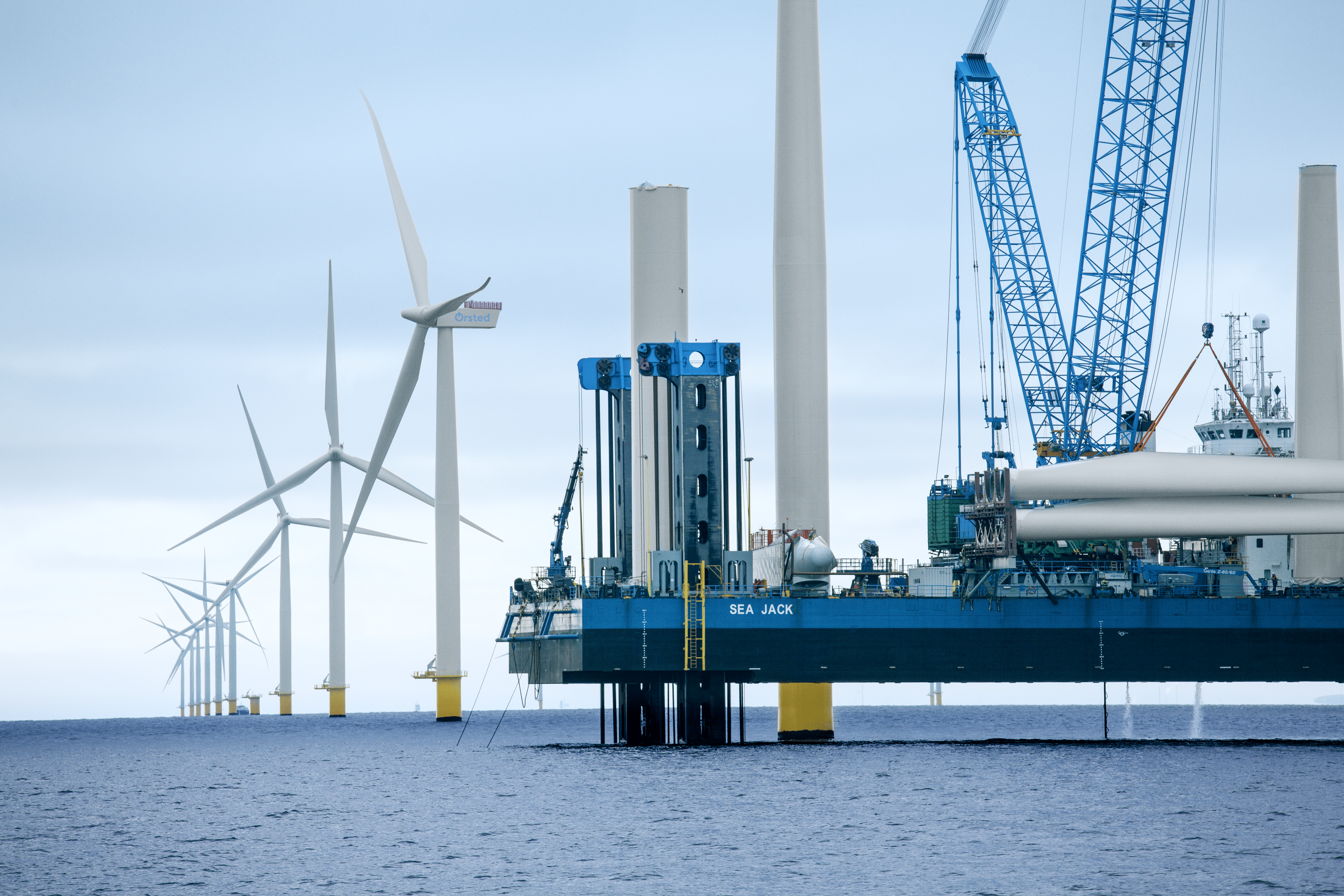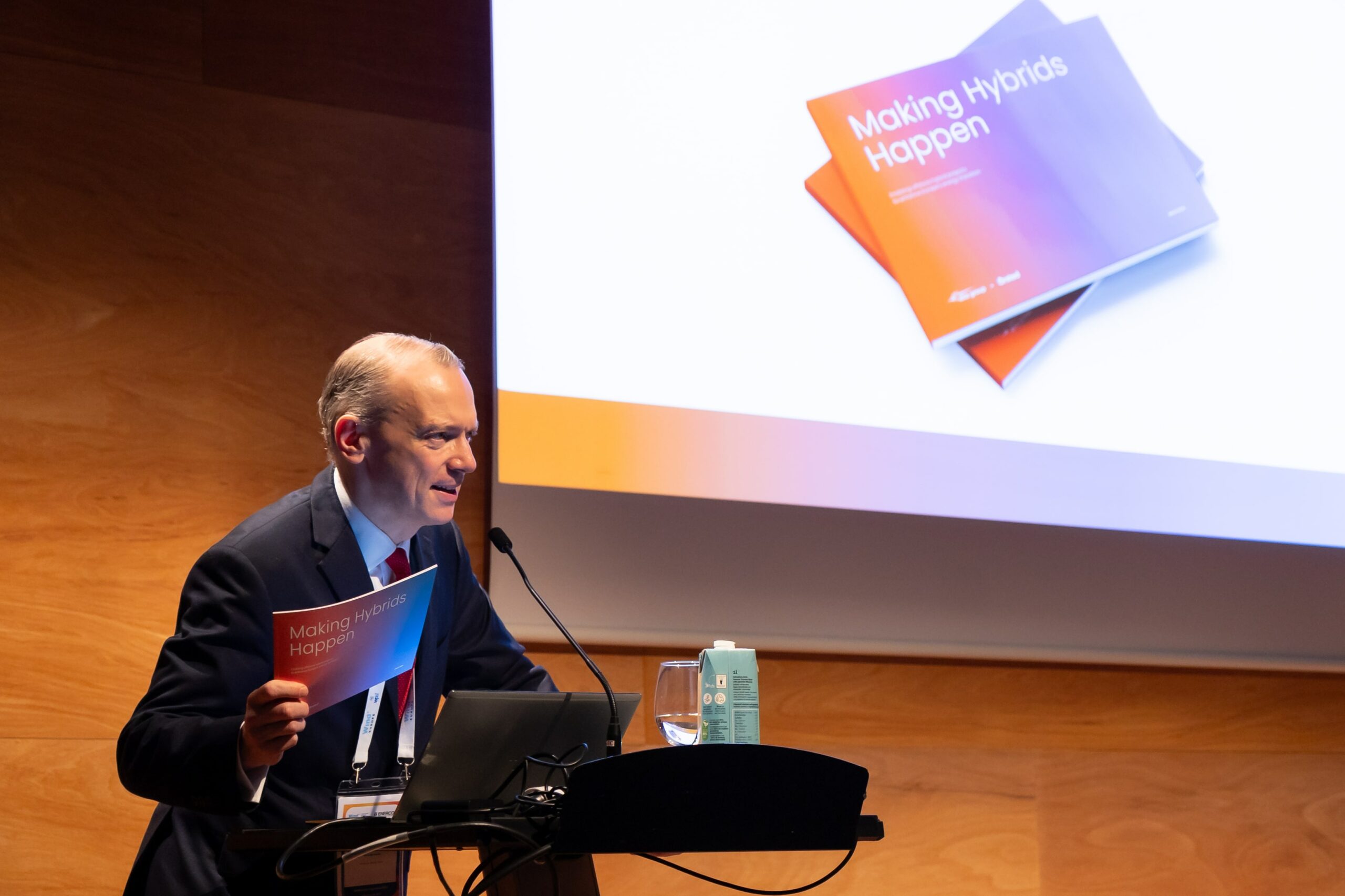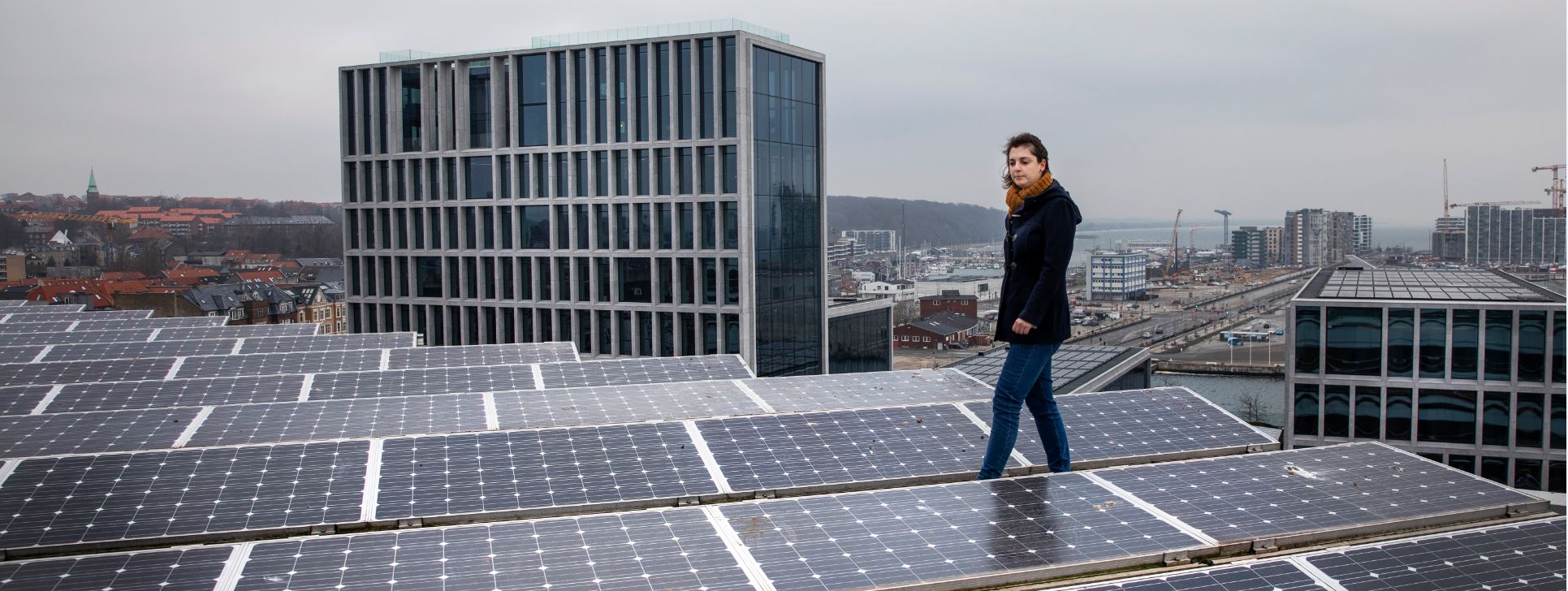News
Solar energy
Solar thermal energy
Wind energy
Danish experiences with power plant flexibility are hared with the world


As the prices for sustainable energy such as wind and solar power drop across the globe, the share of sustainable energy in power systems increase. Unlike power plants, wind and solar power are not adjustable types of production but, on the contrary, energy sources that require a flexible power system. In 2017, wind power accounted for 43 percent of annual power consumption in Denmark, and for many hours the total consumption was covered by wind power alone. Therefore, the Danish thermal power fleet has been compelled to become the most flexible in the world, and thus an important provider of system flexibility.
- Related news: China’s National Energy Administration Visited Denmark to Learn About Thermal Power Plant Flexibility
Power Plant Flexibility Campaign
A campaign on power plant flexibility has run within the framework of the multi-lateral global cooperation Clean Energy Ministerial (CEM). CEM primarily consists of G20 countries who represent around 75 percent of global CO2 emissions. Led by Denmark, China and Germany, the campaign also saw participation of a number of the Danish Energy Agency’s bilateral partners such as India, Indonesia, South Africa and Mexico. The campaign was completed on 24 May with the ninth Clean Energy Ministerial in Copenhagen.
Also on 24 May, the Danish Energy Agency and the International Energy Agency (IEA) released the report ‘’Thermal Power Plant Flexibility’’, which was completed during the Danish-Chinese cooperation. The report zooms in on the benefits of flexible thermal power plants, including the technical aspects related to enhancing the flexibility of power plants, and incentives for investing in and operating flexible power plants.
The Power Plant Flexibility Cooperation Between Denmark and China
During the past two years, the unique Danish experiences with power plant flexibility, have played a central role in the close cooperation between Denmark and China’s authorities, rooted in the Chinese institution ‘Electric Power Planning and Engineering Institute (EPPEI)’, one of the leading institutions in the planning and development of the Chinese power plant sector.
The strongly increasing amounts of wind and solar power in China have led to missing integration of large shares in the power system and therefore a waste of energy sources. If the total amount of wasted power were integrated, it would equal a 75 percent reduction of the total Danish CO2 emissions. Power plants that are more flexible would ease the integration here and now but also make way for additional wind and solar power shares in the future. This is not a unique challenge for China but in fact a challenge for any country increasing their share of sustainable energy.
- Related news: Chinese Mayors Inspired by the Danish Green Transition
Today, China is responsible for about 30 percent of the global CO2 emissions and the transition to a market-based power market is a vital step in the green transition. Denmark assists, through the Danish Energy Agency’s partnerships programs, with the distribution of the Danish green transition experiences - so far reaching 12 countries, who collectively are responsible for 60 percent of global emissions of greenhouse gases, and potentially represent up to 4 billion energy consumers.
- Source: Danish Energy Agency















